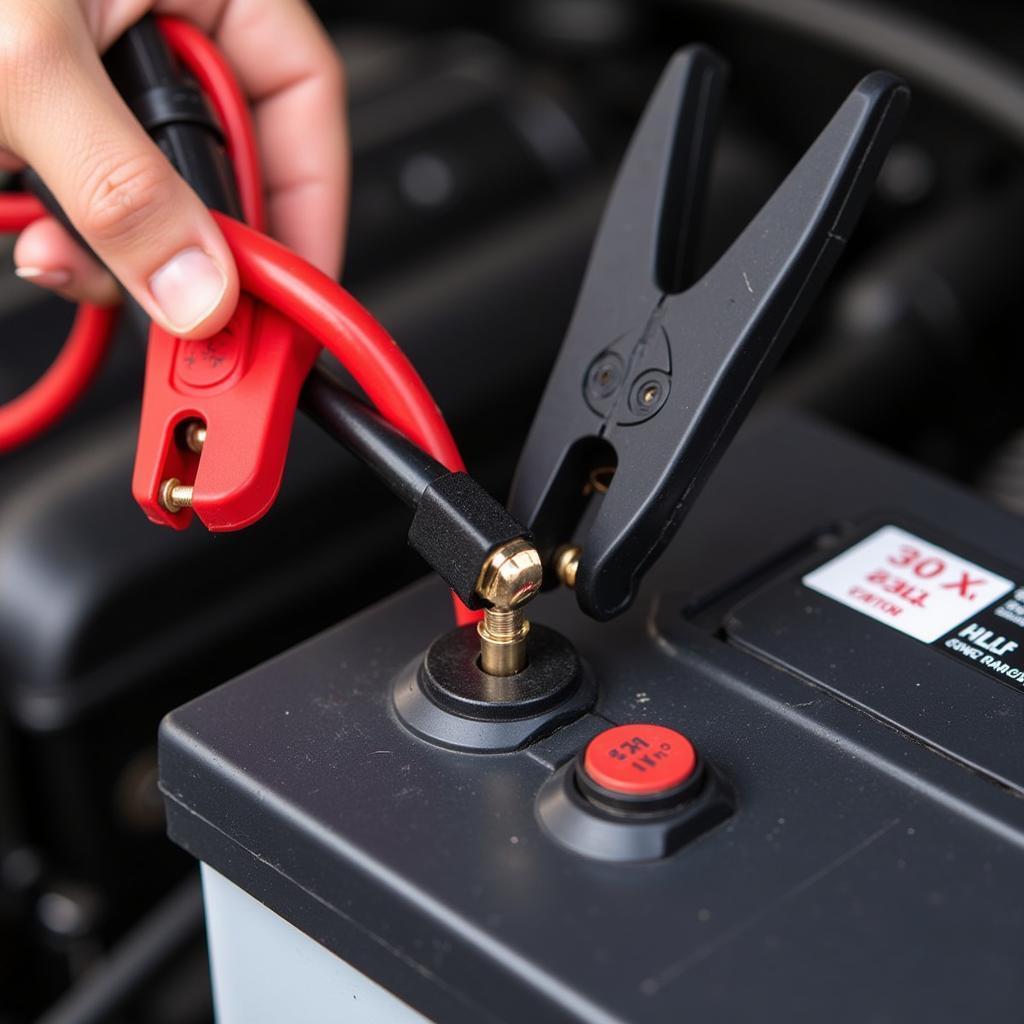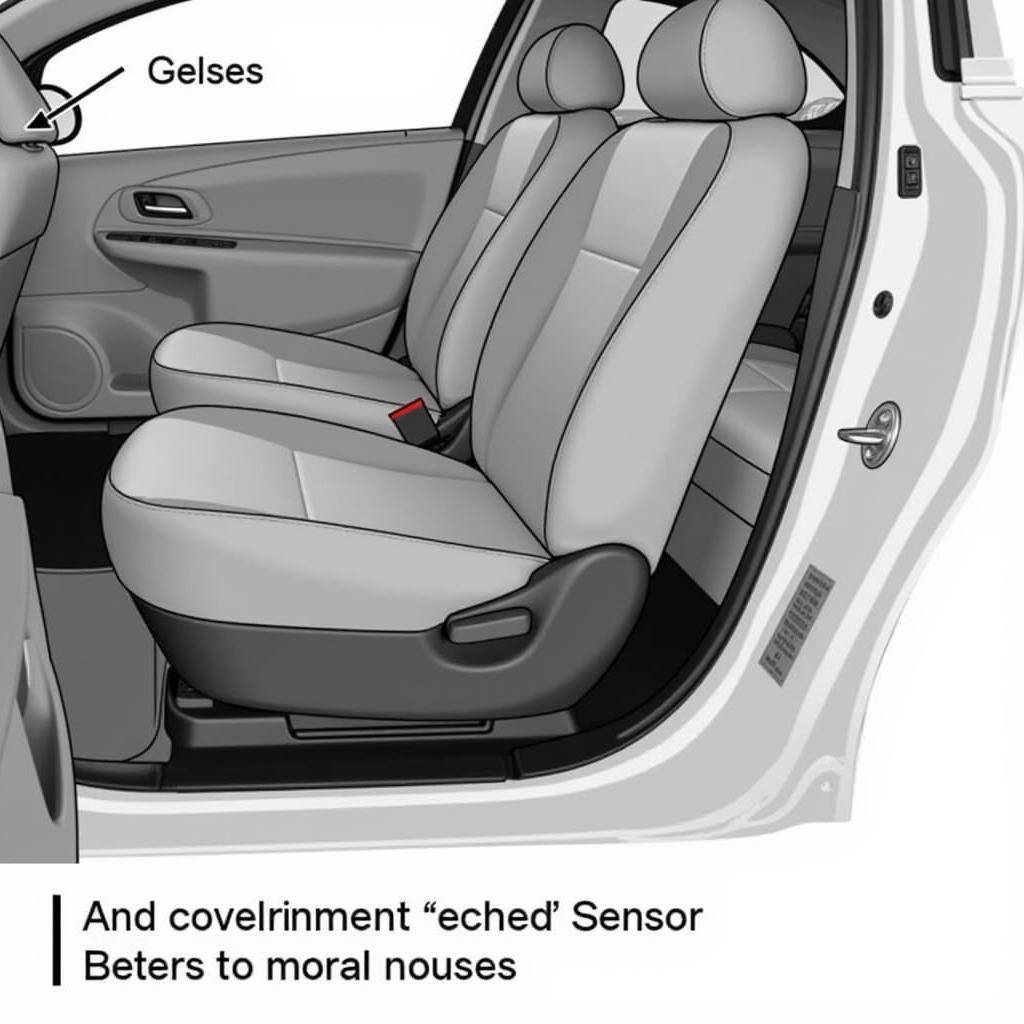Will jumping a car charge the battery? The short answer is no, not really. While jump-starting can get your engine running again, it won’t fully charge a dead battery. Think of it like a quick caffeine boost – it gets you going, but it doesn’t solve the underlying problem of needing real rest. Let’s dive deeper into the intricacies of jump-starting and battery charging.
 Jump Starting a Car with Cables
Jump Starting a Car with Cables
Understanding the Difference Between Jump Starting and Charging
Jump-starting provides a temporary surge of power from a healthy battery to a dead one, just enough to crank the engine. It doesn’t actually charge the dead battery significantly. A proper battery charger, on the other hand, delivers a sustained current over time, replenishing the battery’s depleted energy reserves. If you’ve ever had an Infiniti with a battery drain, you’ll understand the importance of knowing this difference. Learn more about this issue on our page about infiniti battery drain.
Why Doesn’t Jump Starting Fully Charge a Battery?
A dead battery requires a slow, controlled charge to regain its full capacity. The short burst of power from a jump start simply isn’t enough. Imagine trying to fill a bathtub with a squirt gun – you’ll get some water in there, but it won’t be anywhere near full. Similarly, jump-starting gives your battery enough juice to start the car, but it doesn’t provide the sustained power needed for a full charge.
How to Properly Charge a Car Battery
To effectively charge a car battery, you need a dedicated battery charger. Connect the charger’s positive (red) clamp to the battery’s positive terminal and the negative (black) clamp to the negative terminal. Then, plug the charger into a power outlet and turn it on. The charger will gradually deliver the correct amount of current to safely and fully recharge the battery. For a comprehensive guide on addressing a rapidly draining battery, visit our page on how to fix a car battery draining fast fix.
How Long Does It Take to Charge a Car Battery?
Charging time varies depending on the battery’s size, type, and level of discharge, as well as the charger’s output. It can take anywhere from a few hours to overnight. Some modern chargers have indicators that show the charging progress and automatically shut off when the battery is fully charged.
What If the Battery Still Won’t Hold a Charge After Jumping?
If you jump-start your car and the battery dies again shortly after, it likely indicates a deeper problem. It could be a failing alternator, a parasitic drain, or simply an old battery that needs replacing. You can find detailed information about this issue on our page addressing changed alternator battery still draining. If your car won’t start due to a dead battery, check out our helpful guide on car won t start dead battery.
“A jump start is like giving your car CPR – it gets it breathing again, but doesn’t cure the underlying disease,” says John Smith, Lead Automotive Electrical Engineer at Smith Automotive Solutions. “A proper charge is like a good night’s sleep – it fully restores the battery to its optimal performance.”
Addressing a battery that drains too quickly is crucial for your car’s health. For further information on this, visit our resource on a car battery draining too fast.
“Many people mistakenly believe that jump-starting charges their battery,” explains Sarah Jones, Senior Automotive Technician at Jones Auto Repair. “While it gets the car started, it doesn’t replenish the battery’s energy reserves. A dedicated battery charger is essential for that.”
In conclusion, will jumping a car charge the battery? No, not effectively. While jump-starting gets your engine running, it’s only a temporary solution. For a full charge, you need a battery charger. Remember, if your battery consistently needs jumping, there might be a more serious underlying issue that needs addressing.



